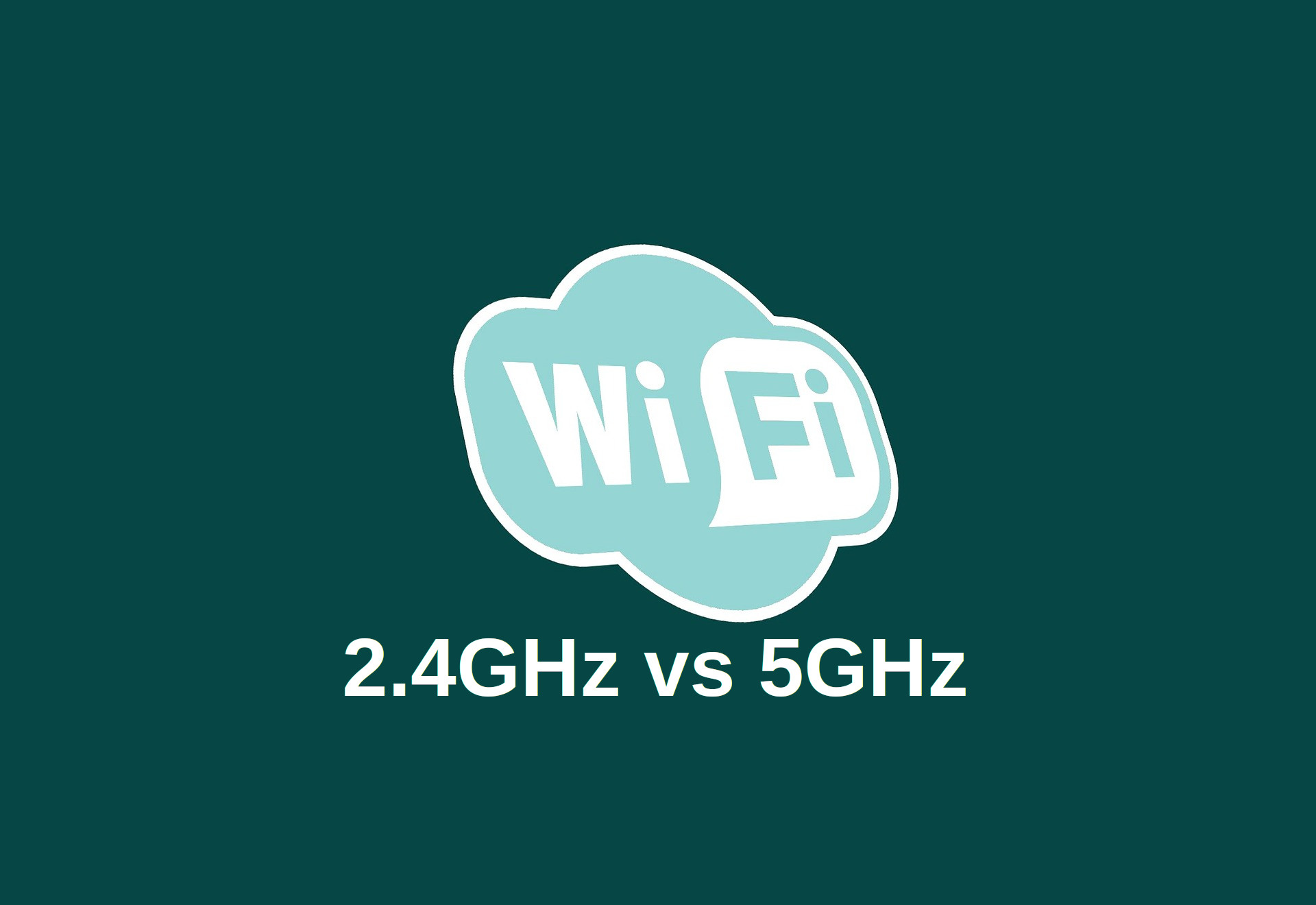Web servers are the backbone of the internet, responsible for delivering the websites and web applications that we use on a daily basis. They are powerful machines that run specific software to handle the requests made by users and deliver the corresponding data. In this article, we will explore the inner workings of web servers, including the operating systems they use and the ways in which they spread data all over the internet.
Web servers are specialized computers that run specific software designed to handle the requests made by users and deliver the corresponding data. The most popular software used on web servers is called the Apache HTTP Server, which is an open-source software that runs on a variety of operating systems. Other popular web servers include Microsoft’s Internet Information Services (IIS) and Nginx.
The operating system used on a web server is typically a version of Linux or Unix, due to their stability and security. Linux distributions such as Ubuntu and Red Hat Enterprise Linux are commonly used, as well as Unix-based operating systems like Solaris and Mac OS X. Windows Server is also used, but it is less common.
When a user types in a website address or clicks on a link, their web browser sends a request to the server hosting the website. The request is sent using the Hypertext Transfer Protocol (HTTP), which is the standard protocol for communication on the web. The web server then processes the request, retrieves the requested information, and sends it back to the user’s browser to be displayed.
The process of spreading data all over the internet is called data propagation, and it is done through a series of interconnected networks called the internet backbone. The internet backbone is made up of high-speed cables and routers that transfer data between different parts of the world. When a user requests a website, the request is first sent to their internet service provider (ISP), which then forwards the request to the server hosting the website. The server then sends the requested information back to the user’s ISP, which then delivers the information to the user’s device.
One way to speed up the data propagation process is by using content delivery networks (CDNs). CDNs are networks of servers located in different parts of the world that store copies of a website’s content. When a user requests a website, the request is first sent to the closest CDN server, which then delivers the requested information to the user. This can greatly reduce the time it takes for a website to load, as the user is receiving the data from a server that is physically closer to them.
To sum it up, web servers are the backbone of the internet, responsible for delivering the websites and web applications that we use on a daily basis. They run on specific software and operating systems, such as Apache HTTP Server and Linux, and handle requests made by users using the Hypertext Transfer Protocol (HTTP). Data is spread all over the internet through a series of interconnected networks called the internet backbone, which is made up of high-speed cables and routers. Content delivery networks (CDNs) are used to speed up the data propagation process, by storing copies of a website’s content in different parts of the world.
Wi-Fi 2.4GHz vs. 5GHz: Which One Should You Use?
In today’s connected world, Wi-Fi is essential for everyday tasks, from streaming and gaming t…
Software as a Service ( SaaS ): A Comprehensive Guide
In today’s rapidly evolving digital landscape, the Software as a Service (SaaS) business model has e…
JPG vs WebP: Understanding Image Compression Technologies
In the digital age, image formats play a crucial role in how we consume content online. Two prominen…


